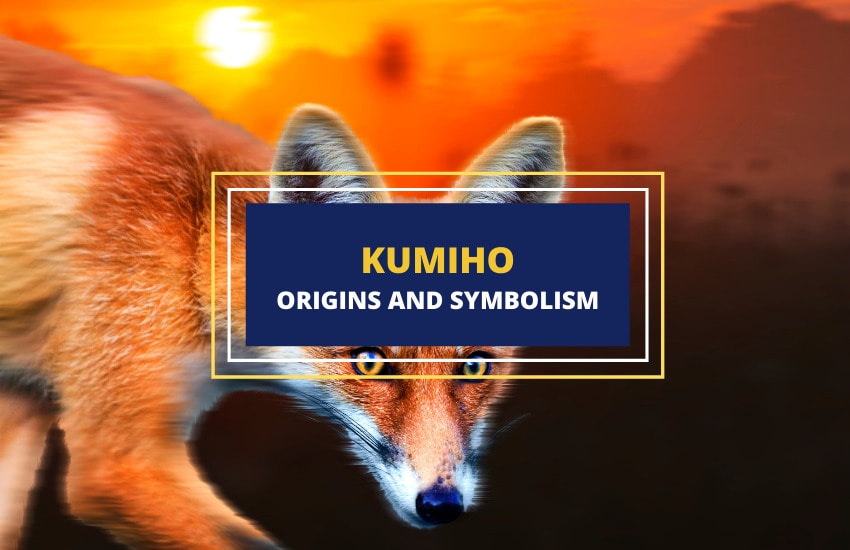
Table of Contents
Kumiho spirits in Korean mythology are fascinating and incredibly dangerous. They are also often confused with the Japanese Kitsune nine-tailed foxes and the Chinese Huli Jing nine-tailed foxes. The three are quite different, and the Kumiho are unique to their cousins in a lot of ways. So, what makes these furry and shapeshifting seductresses so special?
What are Kumiho Spirits?
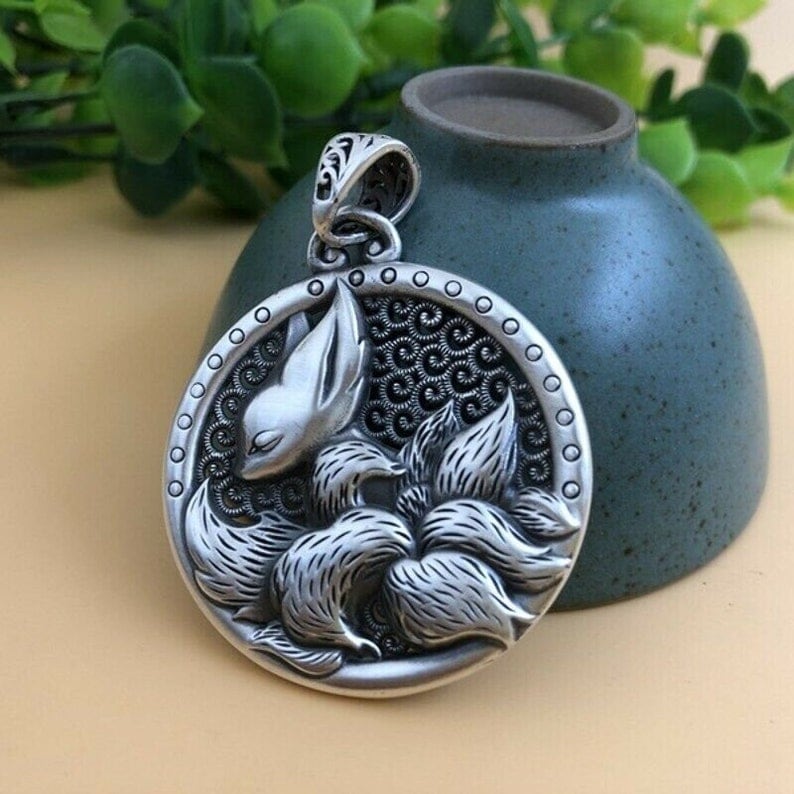
Kumiho or Gumiho spirits in Korean mythology are nine-tailed magical foxes that can assume the appearance of young and beautiful women. In that form, these shapeshifters can talk and act like a human, however, they still retain some of their fox-like features such as the paws on their feet or the fox ears on their heads. More importantly, their behavior, character, and malicious intent also remain the same regardless of which form they take.
Unlike their Chinese and Japanese counterparts, Kumiho are almost always outright evil. Hypothetically, a Kumiho can be morally neutral or even good but that never seems to be the case, at least according to the Korean myths that have survived to this day.
Spirits, Demons, or Actual Foxes?
The Kumiho in Korean mythology are a type of spirit albeit an evil one. Whereas the Japanese Kitsune are often portrayed as actual foxes that grow more and more tails and gain magical abilities as they age, the Kumiho are nine-tailed spirits through and through. There is no moment early in the Kumiho’s life when it has fewer tails or lesser powers.
That isn’t to say that Kumiho’s don’t age or that they can’t change with time. If a Kumiho abstains from eating human flesh for a thousand years, she may transform into a human. Still, that doesn’t seem to happen all that often as most Kumiho spirits just can’t abstain from seeking human flesh for that long.
Does The Kumiho Always Attack Those She Has Seduced?
The usual victim of the Kumiho is indeed a young man she has seduced and tricked into marriage. However, that’s not always the case.
For example, in The Emperor’s Kumiho Daughter-in-Law a Kumiho marries the emperor’s son. Instead of feasting on his flesh and energy, however, the Kumiho instead targeted unsuspected people in the emperor’s court.
In essence, the Kumiho was using her marriage to the emperor’s son to get access to not one but multiple gullible men. As more and more people started disappearing, the emperor tasked the tale’s hero with finding and killing the Kumiho which is exactly what happened.
This video is about a myth related to a kumiho.
Are Kumiho Always Evil?
There are a few myths that portray Kumiho as not purely malevolent. For example, there’s the famous Gyuwon Sahwa text. It was re-written in the early 20th century but it’s believed to be based on earlier 1675 texts.
It details many sides of Korea’s history and it also mentions quite a few myths. In some of them, the Kumiho are actually described as benevolent forest spirits who carry books in their mouths. Still, the Gyuwon Sahwa is more the exception to the rule than anything else.
Are Kumiho and Kitsune the Same?
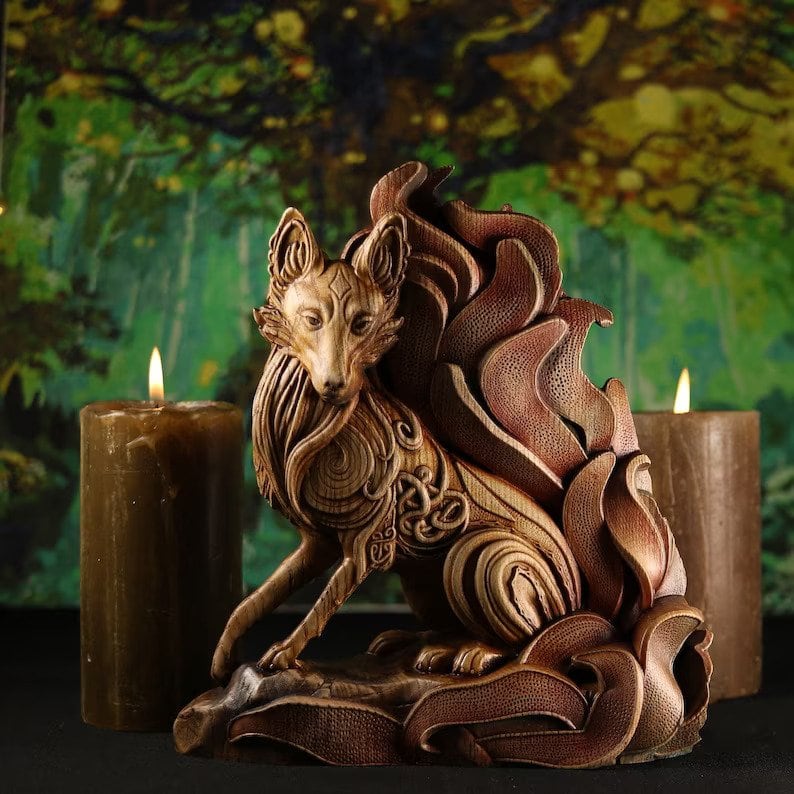
Not really. They can appear the same at first glance but the Korean and Japanese nine-tailed fox spirits have multiple key differences.
- Kumiho are almost always malevolent whereas Kitsune are more morally ambiguous – they can be evil as well as good or neutral.
- Kitsune’s tails are said to be a bit shorter and the claws on their hands are longer than those of the Kumiho.
- The ears can also differ – Kitsune always have fox ears on the top of their heads, even when they are in human form. They never have human ears. Kumiho, on the other hand, always have human ears and may or may not have fox ears.
- Kumiho also tend to have fox paws for feet while Kitsune have a weird mix of human-like and fox-like feet. Overall, the Kitsune has a more feral appearance than the Kumiho.
- Kumiho spirits also often carry a yeowoo guseul marble or bead in their mouths. This bead is the very thing that gives them their magical powers and intelligence. Some Kitsune stories also portray them with such an item but not nearly as often as Kumiho spirits.
Some believe that the Korean Kumiho myth came from the Kitsune myth after the Japanese invasion of Korea at the end of the 16th century, known as the Imjin Wars. That would explain why Koreans view Kumiho spirits as strictly evil.
However, that 16th-century invasion lasted for only 6 years so it’s more likely that the myth was transferred more gradually and even before the war with the many interactions between the two countries over the years. Alternatively, it might have come from the Chinese influence and their nine-tailed Huli Jing mythological creature.
Are Kumiho and Huli Jing the Same?
As with the Kitsune, there are quite a few differences between the Korean Kumiho and the Chinese Huli Jing.
- The Huli Jing is more morally ambiguous – just like a Kitsune – while a Kumiho is almost always evil.
- A Huli Jing is also often portrayed with human feet while Kumihos have fox paws for feet.
- The Huli Jing’s tails tend to be shorter than those of the Kumiho but not quite as much as those of the Kitsune.
- Huli Jing are also described with denser and coarser coats while the Kumiho and the Kitsune have soft coats that are nice to the touch.
- Huli Jing also often have fox paws instead of hands while Kumiho have human hands. In essence, the features on their hands and feet are reversed in most depictions.
Do Kumiho Always Shapeshift Into Young Women?
The traditional human-like form of the Kumiho is that of a young maiden. That’s because they can be most effective in that form – it makes it as easy as possible to seduce their victims.
However, a Kumiho can take other forms too. For example, in The Hunter and the Kumiho myth, a hunter encounters a nine-tailed fox gnawing on a human skull. Before he could attack the fox, the animal transformed into an old woman –the same old woman whose skull it was eating – and ran away. The hunter chased it only to catch up to it in the nearby village.
There, the Kumiho had gone to its victim’s home and pretended to be the old woman in front of her children. The hunter then warned the children that this wasn’t their mother and chased the Kumiho away.
Can a Kumiho Be a Man?
It’s not explicitly said that a Kumiho can’t be a man, however, it doesn’t seem to happen all that often. The only myth we know of where a Kumiho transformed into a man is The Maiden who Discovered a Kumiho through a Chinese Poem.
There, a Kumiho turns into a young man and tricks a maiden into marrying him. We can’t find another similar story, however – everywhere else, the genders of the Kumiho and its prey are reversed.
What Powers Do Kumiho Have?
The most famous ability of this nine-tailed fox is her ability to transform into a beautiful, young woman. In that form, the Kumiho tends to seduce and trick men to do their bidding or to try and kill them.
Kumiho loves to feast on human flesh, particularly on people’s hearts and livers. It’s said that Kumiho spirits even wander cemeteries to dig out fresh corpses when they haven’t been able to seduce and kill a living person.
Kumiho can also use the magical yeowoo guseul marble in their mouths to absorb people’s vital energy via a “deep kiss” of sorts.
However, if someone is able to take and swallow the Kumiho’s yeowoo guseul marble during that kiss, the person not only won’t die but will get incredible knowledge of the “sky, land, and people”.
Symbols and Symbolism of Kumiho
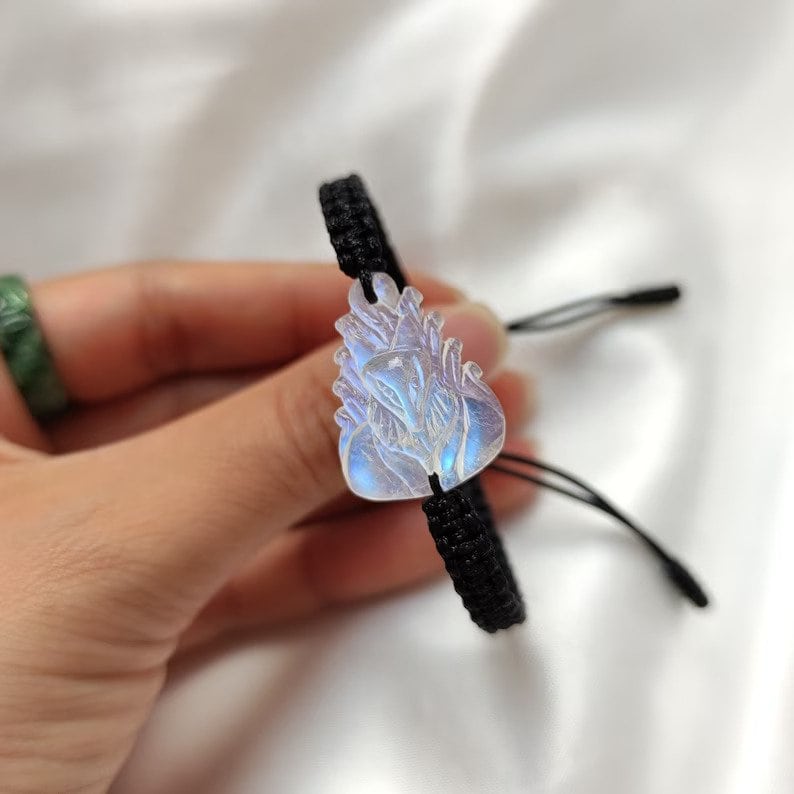
Kumiho spirits represent both the dangers that lurk in the wilderness as well as people’s fear of young pretty maidens seducing them with malicious intent. The latter can feel a bit silly from today’s point of view but most ancient cultures have myths about the “evil” of beautiful women who can break families apart or get young men into trouble.
In essence, the Kumiho myth combines the distrust people had toward beautiful young women and their anger toward the wild foxes that constantly raided their hen houses and properties.
Additionally, if the Kumiho myth really made its way into Korea from Japan, this can explain why Kumiho are always evil. In Japanese mythology, the nine-tailed Kitsune are often morally neutral or even benevolent.
However, given that the Korean people likely harbored quite a bit of disdain for the Japanese at certain times in history, they might have just twisted this Japanese myth into an evil version of it.
Importance of Kumiho in Modern Culture
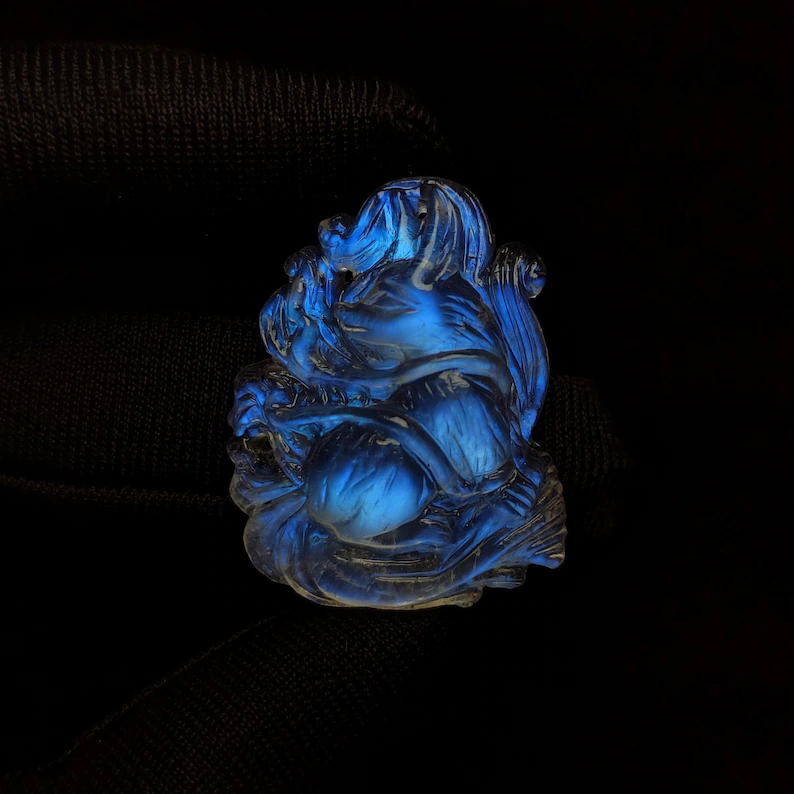
Nine-tailed foxes can be found all over modern pop culture. Eastern manga and anime are full of such characters as are a lot of video games and TV series. Even the West uses this unique mythological creature more and more as inspiration for various fictional characters.
However, because of the similarities between Kumiho, Kitsune, and Huli Jing, it’s often difficult to figure out which mythological creature a certain character is based upon.
Take Ahri, for example – a character from the famous MOBA video game League of Legends. She is a beautiful and magical seductress with fox ears and nine long fox tails. However, she doesn’t seem to have fox paws on either her feet or her hands. Additionally, she is mostly portrayed as a positive or a morally ambiguous character. This would suggest that she is more based on the Kitsune myth rather than the Kumiho myth. At the same time, many people in Korea insist she is based on a Kumiho spirit. So, is it fair to say she’s based on both?
Nevertheless, there are many other examples of characters based on Kumiho, Kitsune, or Huli Jing. Some of the most famous ones include the 1994 horror film The Fox with Nine Tails, an episode of HBO’s 2020 TV series Lovecraft Country, the 2010 SBS drama My Girlfriend is a Gumiho, and many others.
In Conclusion
The Korean Kumiho nine-tailed fox spirits are as captivating as they are complex and confusing. They are very similar to the Japanese Kitsune and the Chinese Huli Jing spirits – so much so that it’s not 100% clear which myth was first.
Regardless, the Kumiho are unique to their other Asian counterparts in their unparalleled maliciousness and seemingly neverending hunger for human flesh. Their most famous trick is to shapeshift into beautiful women and lure unsuspecting men to their deaths but these magical foxes can do quite a bit more than that.
Related articles
Water Gods in Different Cultures and Mythologies
25 Agriculture Gods and Goddesses from Various Mythologies
Earth Gods and Goddesses Across Ancient Mythologies
7 Most Important Gods and Goddesses of Wealth – A List








